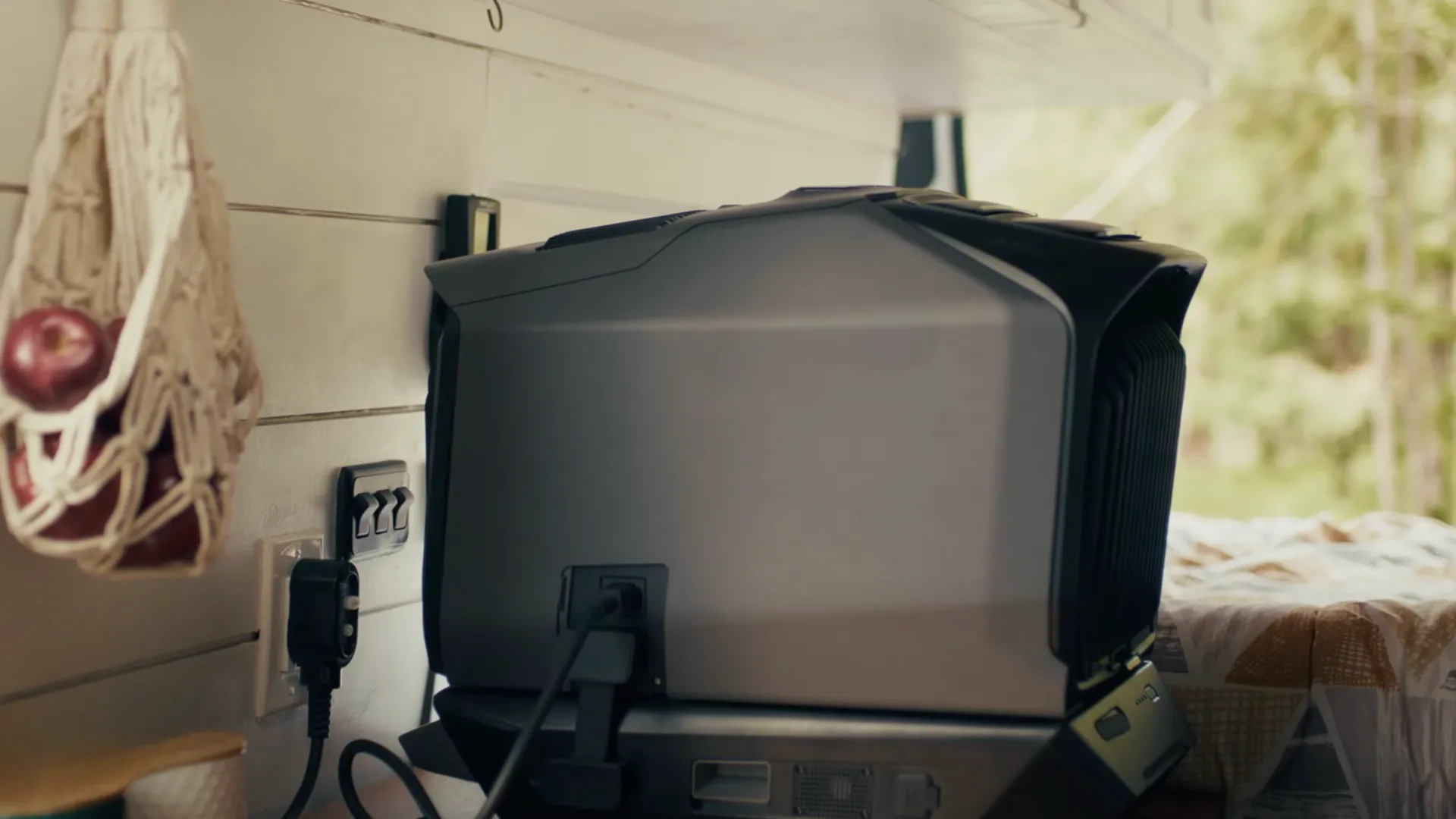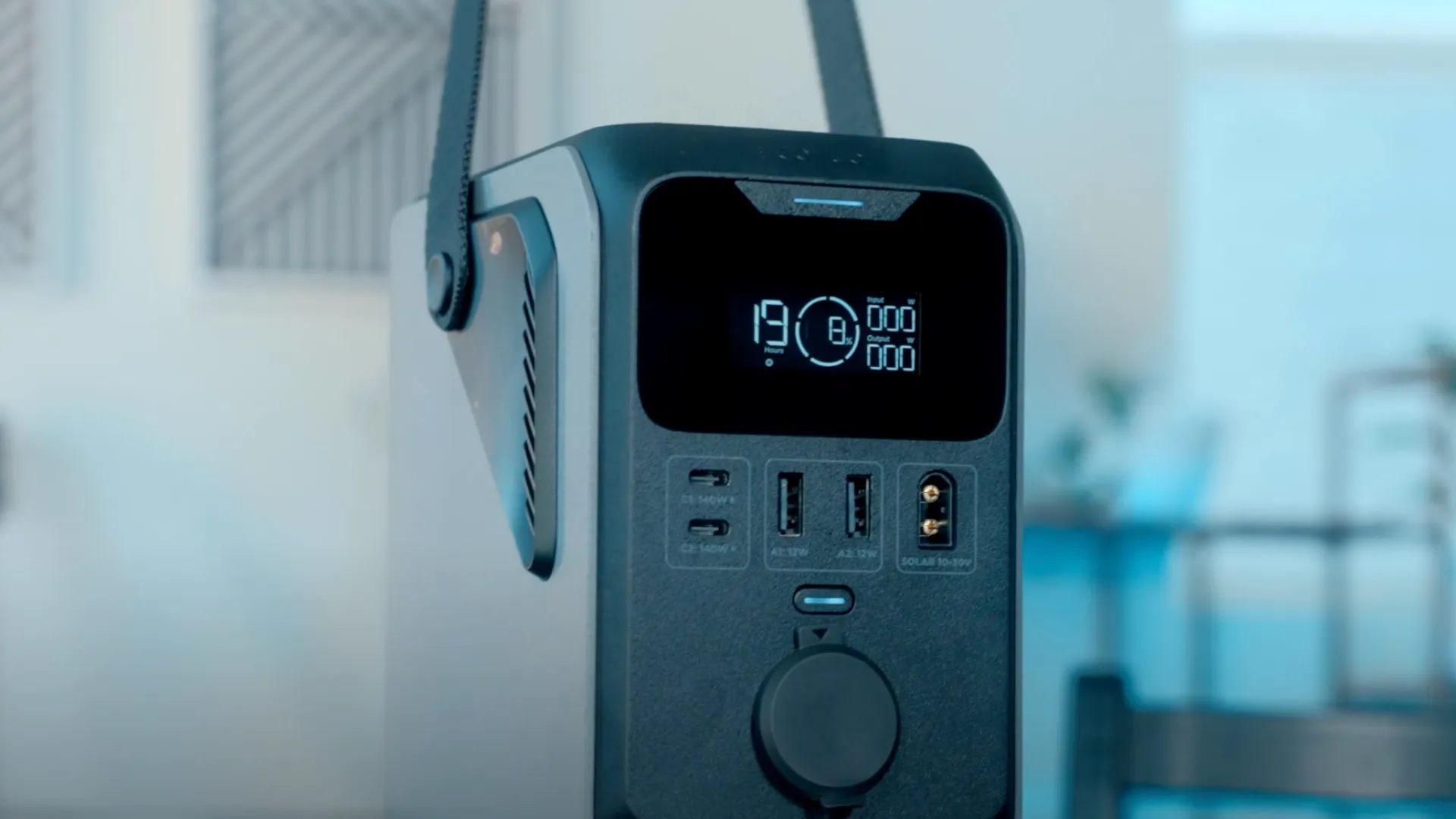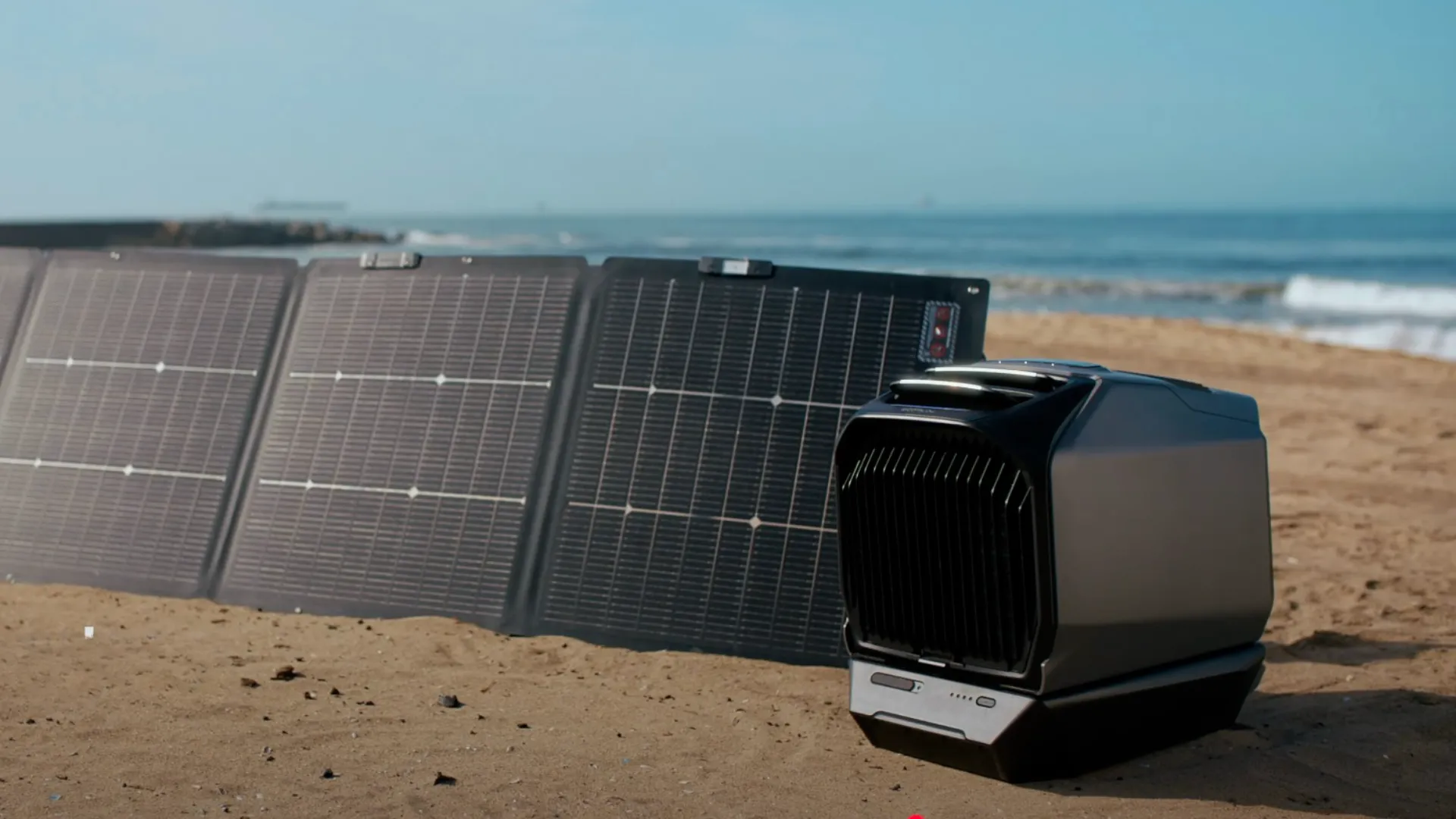How Long Does Heat Stroke Last?
As Canada grapples with more frequent and intense heat waves, the impact on public health, particularly from heat-related illnesses, is becoming an increasing concern. Of these conditions, heat stroke is the most severe, a life-threatening emergency that requires immediate medical attention. With rising temperatures and heat advisories from Environment and Climate Change Canada, a key question arises for Canadians: how long does heat stroke last?
The answer to this question is multifaceted, as heat stroke occurs in two distinct phases: the immediate, life-threatening stage and the longer recovery period. Understanding both phases is crucial for effective response and proper aftercare, especially in provinces like British Columbia, Ontario, and Quebec, where summer heat waves are becoming a more frequent risk. This guide will explore the factors that impact the duration of heat stroke and offer practical steps for prevention and recovery.
What Is Heat Stroke?
Before discussing its duration, it’s important to define what heat stroke is and how it differs from less severe heat-related illnesses such as heat exhaustion.
Definition of Heat Stroke
Heat stroke is a serious, life-threatening condition where the body’s core temperature reaches 40°C (104°F) or higher. It occurs when the body can no longer regulate its temperature, potentially causing damage to the brain and other vital organs. In the heat stroke vs heat exhaustion comparison, heat exhaustion is less severe, but heat stroke is a medical emergency that requires immediate professional care.
Common Signs and Symptoms
Recognizing the signs of heat stroke is crucial in saving a life. While symptoms can vary, the following are the most common indicators that someone may be experiencing heat stroke:
High body temperature: The core body temperature reaches 40°C (104°F) or higher, typically measured with a rectal thermometer.
Altered mental state: Symptoms can include confusion, agitation, slurred speech, irritability, seizures, or even unconsciousness.
Hot, dry skin: Unlike heat exhaustion, where sweating is common, the skin in classic heat stroke is hot and dry. In exertional heat stroke (from exercise), the skin may still feel moist or clammy.
Rapid breathing and heart rate: The heart and lungs work harder to cool the body, resulting in a fast, strong pulse and quick, shallow breaths.
Headache: A severe, throbbing headache is often present.
Nausea and vomiting: These symptoms are common early indicators of severe heat-related stress.
Why Heat Waves Increase the Risk in Canada
While Canada is famous for its cold winters, our summers can bring extreme heat waves. This risk is heightened by several factors:
Lack of Acclimatization
Many Canadians aren’t used to prolonged periods of intense heat. Our bodies haven’t adapted to the strain of sudden, extended heat waves, which makes us more vulnerable to heat-related illnesses.
In addition, extreme Canadian summer weather, such as waterspouts and hail, often causes power outages, which can increase the risk of heatstroke. That’s why many Canadian households keep an EcoFlow DELTA Pro 3 Portable Power Station on hand to run their cooling equipment.
Infrastructure
Unlike warmer regions, many homes and buildings in Canada lack central air conditioning. During a heat wave, this can result in dangerously hot indoor conditions, particularly for vulnerable individuals living in older buildings. Therefore, it is ideal to purchase an EcoFlow WAVE 3 Portable Air Conditioner when summer arrives.


Humidity
During Canadian summer heat waves, particularly in central and eastern regions, high humidity levels make it difficult for sweat to evaporate. This hampers the body’s natural cooling process, leaving individuals feeling hotter and more uncomfortable. The added moisture in the air forces the body to work harder to regulate its temperature, increasing the risk of heat-related illnesses.
Given these conditions, it’s crucial for Canadians to remain alert during heat waves. Understanding the risks associated with extreme heat, such as heat stroke, can help ensure safety for everyone, especially vulnerable populations. Staying informed and prepared is key to avoiding serious health issues in the sweltering heat.
How Long Does Heat Stroke Last?
The duration of heat stroke can be understood by breaking it down into two phases: the acute phase and the long-term recovery phase. It’s not a set timeframe, as the length of each phase depends on the speed of medical intervention and the individual’s specific situation. The quicker the response, the better the chances of a faster recovery, but recovery time can vary from person to person.
Typical Duration of Symptoms
The most severe symptoms of heat stroke, including dangerously high body temperature and altered mental state, persist until the body is successfully cooled. This acute, life-threatening phase can last anywhere from hours to days, depending on how quickly medical treatment is administered. Without prompt intervention, heat stroke can be fatal. The primary goal is to lower the body’s core temperature as quickly and safely as possible. Once the temperature drops below 40°C (104°F), the immediate danger subsides, but the body remains vulnerable during recovery.
Recovery Time After Treatment
While the life-threatening symptoms of heat stroke can often be alleviated within hours of treatment, full recovery is a much longer process. The severe thermal stress placed on the body can cause considerable damage to vital organs, and healing from this damage requires time. The recovery process can vary, with some individuals taking weeks or even months to fully regain their strength and function.
Short-Term Recovery
In an ideal scenario for a young, healthy individual, full recovery from heat stroke can take anywhere from several days to a few weeks. During this period, the person may continue to feel weak, dizzy, and overly sensitive to heat, as the body works to regain its strength and balance. It's essential to rest and avoid strenuous activity to ensure proper healing during this time.
Long-Term Recovery
For more severe cases or individuals with pre-existing health conditions, full recovery from heat stroke can take months or even years. In some instances, patients may face long-term complications, such as permanent organ damage, neurological issues, or chronic heat intolerance. Given these potential risks, proper medical follow-up is essential to monitor recovery and address any ongoing health concerns.
Factors That Affect Recovery Time
The recovery time from heat stroke varies from person to person. Several factors influence how long the healing process will take:
Age
Both young children and the elderly are at higher risk when it comes to heat stroke. Older adults may have pre-existing health conditions that make recovery more challenging, while young children’s bodies are less efficient at regulating temperature, making them more susceptible to heat-related stress. In the event of a power outage caused by extreme heat, for families with young children and elderly members, having a reliable portable power station can ensure your phones and emergency devices stay charged, allowing you to maintain emergency contact with first responders.


Severity of the Episode
The higher the core body temperature and the longer the exposure to extreme heat, the more extensive the organ damage. This typically results in a longer and more challenging recovery process.
Underlying Health Conditions
People with chronic conditions like heart disease, kidney disease, or diabetes are more vulnerable to the effects of heat stroke. These pre-existing health issues can be worsened by the thermal stress, which can lead to a longer and more complicated recovery process.
Heat Wave Intensity and Duration
A prolonged, intense heat wave can complicate recovery, as the body remains under stress from the harsh environmental conditions. This prolonged exposure also makes it harder to stay cool after the initial heat stroke incident, further hindering the recovery process.
Tips for Faster Recovery
After receiving emergency medical care for heat stroke, the recovery process begins. Following these protection tips when heat warning can help speed up healing and minimize the risk of long-term complications.
Prioritize Hydration
Following a heat stroke, the body is significantly dehydrated. Rehydration is crucial, but it’s important to go beyond just drinking plain water. Consuming fluids with electrolytes is essential to replenish the salts lost through sweating and restore the body’s balance. Sports drinks or oral rehydration solutions are ideal options for this purpose.
Get Ample Rest
The body requires time and energy to recover from the damage caused by heat stroke, so it's important not to rush back into regular activities. Rest is critical for both physical and mental healing. Avoid strenuous exercise for at least a week and pay attention to your body’s signals, ensuring you take breaks when needed.
Follow Up with Your Doctor
Even if you start feeling better after a few days, it's important to attend all follow-up appointments with your doctor. These visits allow your doctor to monitor your organ function and check for any long-term damage that might not be immediately obvious.
Avoid Heat Exposure
After experiencing a heat stroke, your body will be highly sensitive to heat. For several weeks, it’s essential to avoid hot environments, intense physical activity, and direct sunlight. Staying in a cool, air-conditioned space as much as possible is crucial to protect your body during recovery.
Preventing Heat Stroke During a Heat Wave
The most effective way to manage heat stroke is to prevent it from occurring altogether. During a Canadian heat wave, taking a proactive approach to staying cool and hydrated is key to safeguarding your health.
Staying Cool Indoors
The safest place to be during a heat wave is in an air-conditioned space. If your home has central air conditioning, be sure to use it and keep the filters clean for optimal efficiency. If you don’t have AC, consider these alternative strategies:
Use Fans: While fans can help circulate air, they work best when combined with other cooling methods.
Block the Sun: As humans we need to keep our blinds and curtains closed during the day to prevent direct sunlight from raising indoor temperatures.
Limit Heat-Generating Appliances: Avoid using heat-producing appliances like the oven, stove, or clothes dryer during the hottest parts of the day.
Seek Public Cooling Centres: Many Canadian cities and municipalities open public cooling centres, such as libraries or community centres, during extreme heat events, providing a safe space to stay cool.
A dedicated cooling solution can be a lifesaver during extreme heat. For instance, the EcoFlow WAVE 3 Portable Air Conditioner is a versatile device that provides efficient cooling for a single room or office, making it an ideal option for homes without central air conditioning.


Scheduling Outdoor Activities Wisely
If you need to be outdoors, plan your activities to avoid the hottest part of the day.
Exercise Early or Late: Schedule your workouts for early mornings or late evenings when the temperatures are cooler.
Take Frequent Breaks: If you’re working or hiking outdoors, take regular breaks in the shade to cool down.
Wear Appropriate Clothing: Opt for light-colored, loose-fitting clothing to help your body stay cool.
Monitoring Vulnerable Groups
In Canada, the elderly, infants, and individuals with chronic health conditions are at the greatest risk during a heat wave. It’s important to check on them regularly, ensure they have access to cool environments, stay hydrated, and watch for any signs of heat-related illness.
What To Do If Someone Has Heat Stroke
Knowing how to respond in an emergency is essential. If you suspect someone is experiencing heat stroke, take the following steps immediately.
Immediate First Aid Steps
Call 911 immediately: Heat stroke is a medical emergency. Contact 911 or your local emergency services without delay.
Move to a Cool Place: Quickly move the person to a cooler, air-conditioned space or a shaded area to help lower their body temperature.
Remove Clothing: Remove any excess clothing to allow their body to cool more effectively.
Cool the Person Down: Apply cool water (not freezing) to their skin, and place ice packs on areas where major blood vessels are close to the surface, such as the neck, armpits, and groin.
Fan the Person: Use a fan or a piece of cardboard to generate air movement over their wet skin, which will help accelerate cooling.
When to Call Emergency Services
If you suspect heat stroke, call 911 right away. Avoid transporting the person yourself unless instructed by a 911 operator. Emergency responders are trained to manage heat stroke and are equipped with the necessary tools to safely cool the individual and get them to the hospital if required.
Conclusion
Understanding how long heat stroke lasts is vital for effectively managing this serious condition. While immediate medical treatment can resolve the most dangerous symptoms within hours, full recovery can take anywhere from weeks to years, depending on the severity and individual circumstances. During Canada's heat waves, prevention remains the best approach. By staying cool, hydrated, and prepared, you can safeguard yourself and your loved ones from the risks of extreme heat.
FAQs
How do I know a heat wave is happening in my area?
Environment and Climate Change Canada (ECCC) issues heat warnings or special weather statements when temperatures and humidity are expected to stay at dangerous levels for two or more consecutive days. These alerts are usually broadcast on local news outlets and can also be found on weather apps to keep you informed.
Is there a difference between heat exhaustion and heat stroke?
Yes, heat exhaustion is a milder condition with symptoms such as heavy sweating, weakness, dizziness, and a rapid pulse. If not addressed, it can escalate into heat stroke, a life-threatening emergency requiring immediate medical attention.
Can I get heat stroke indoors?
Yes, it’s possible for getting heat stroke. If a home or apartment lacks proper air conditioning or ventilation, indoor temperatures can become dangerously high, particularly on upper floors. It’s important to stay cool both indoors and outdoors during extreme heat.
What is the recommended fluid intake during a heat wave?
Health Canada advises drinking plenty of water throughout the day, even if you don’t feel thirsty. It’s best to avoid alcohol, caffeine, and sugary drinks, as they can contribute to dehydration.
What is the recommended room temperature in summer?
The recommended room temperature in Canada during summer is around 25°C (77°F) for comfort. For better energy efficiency, you can set the recommended room temperature to 26–27°C (78–81°F) and use fans to help circulate the air.